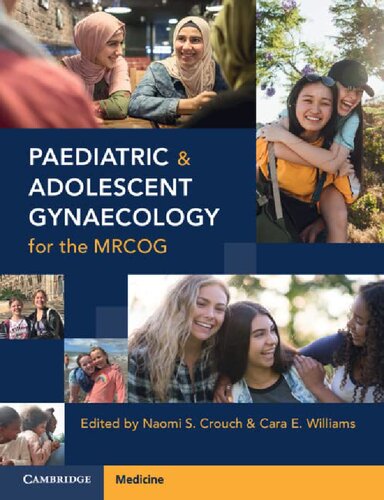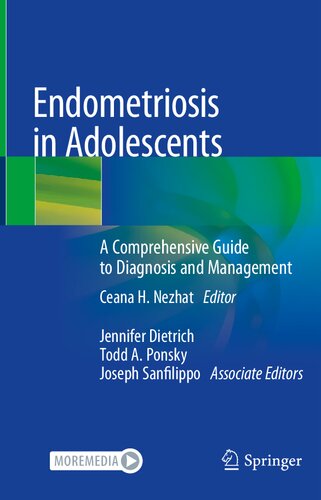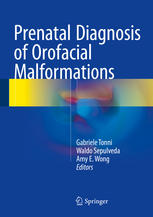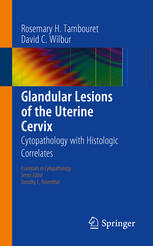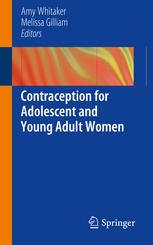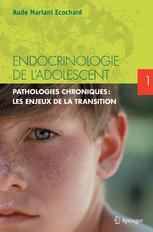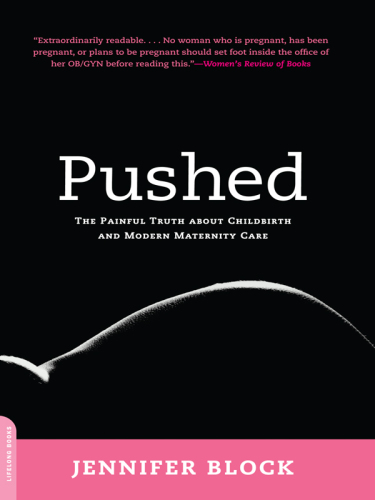رویکردهای مبتنی بر شواهد برای درمان کودکان بدرفتاری: در نظر گرفتن مؤلفه های ضروری و اثربخشی درمان ۲۰۱۳
Evidence-Based Approaches for the Treatment of Maltreated Children: Considering core components and treatment effectiveness 2013
دانلود کتاب رویکردهای مبتنی بر شواهد برای درمان کودکان بدرفتاری: در نظر گرفتن مؤلفه های ضروری و اثربخشی درمان ۲۰۱۳ (Evidence-Based Approaches for the Treatment of Maltreated Children: Considering core components and treatment effectiveness 2013) با لینک مستقیم و فرمت pdf (پی دی اف)
| نویسنده |
Anthony Urquiza, Susan Timmer |
|---|
| تعداد صفحهها |
302 |
|---|---|
| نوع فایل |
|
| حجم |
3 Mb |
| سال انتشار |
2013 |
89,000 تومان
معرفی کتاب رویکردهای مبتنی بر شواهد برای درمان کودکان بدرفتاری: در نظر گرفتن مؤلفه های ضروری و اثربخشی درمان ۲۰۱۳
در طول چند دهه گذشته، درک ما از کودک آزاری عمیق تر شده است. تحقیقات اولیه بر بررسی اپیدمیولوژی آن، همراه با تلاش برای درک ماهیت آزار والدین و تأثیرات آن بر کودک در حال رشد متمرکز بود. در دهه 1990، این رشته شروع به درک سوء استفاده در زمینه سیستم های خانواده و نقش روابط والدین و فرزند در توسعه آسیب شناسی روانی کرد. ما همچنین درک خود را از ارتباط بین سوء استفاده، تروما و سلامت روان افزایش دادیم. مداخلاتی ایجاد شده است که کیفیت رابطه والد-کودک را هدف قرار می دهد (مثلاً CPP)، علائم تروما را کاهش می دهد (مثلاً TF-CBT، AF-CBT)، و از قرار دادن کودکان در خارج از خانه حمایت می کند (مثلاً مراقبت زودهنگام از خانواده. مداخله). سایر مداخلات، که در ابتدا برای کاهش رفتارهای مخرب کودکان در محیط های خانوادگی ایجاد شده اند، نیز با موفقیت در مورد کودکان بدرفتاری اعمال شده اند (مانند PCIT، TripleP، سال های باورنکردنی). در دهه گذشته، دانشمندان مطالعاتی در مورد اثربخشی این درمان ها در کارآزمایی های تصادفی سازی و کنترل شده و اثربخشی آن ها در جمعیت های مختلف کودکان انجام داده اند. ما به عنوان جامعه ای از دانشمندان و پزشکان، پشتیبانی تجربی قابل توجهی را برای تعدادی از مداخلات تثبیت شده و استفاده شده جمع آوری کرده ایم. همانطور که ما در ارائه این درمان های آزمایشی پشتیبانی شده (ESTs) برای جامعه ارائه دهندگان سلامت روان به جلو حرکت می کنیم، مهم است که اجزای اصلی آنها را شناسایی کنیم (یعنی چه چیزی این درمان ها را موثر می کند) تا بتوانیم آنها را از سازگاری اجتناب ناپذیر محافظت و حفظ کنیم. . اثربخشی آینده همچنین درک محدودیت های این مداخلات (یعنی شرایطی که ممکن است این مداخلات در آن موثر نباشد) مهم است تا بتوانیم بهترین مراقبت ممکن را برای کودکانی که به خدمات بهداشت روانی نیاز دارند ارائه دهیم. در حال حاضر، سیاست عمومی شروع به اجباری کردن ارائه EST ها کرده است، اگرچه آژانس ها کارکنان آموزش دیده ای برای ارائه موثر این درمان ها ندارند، و برنامه های مددکاری بالینی و اجتماعی برنامه های درسی را برای آموزش ایجاد کرده اند. نیاز به منبع اطلاعاتی مرکزی برای دانش آموزان و شاغلین وجود دارد که به دنبال مداخلات مؤثر برای رسیدگی به مشکلات مرتبط با بدرفتاری با کودکان هستند. آنها باید بدانند که این ابزارهای الکترونیکی چگونه ارائه می شوند، به چه کسانی، چرا موثر هستند و چه زمانی نشان داده می شوند. هدف این کتاب ویرایش شده پرداختن به این نیاز با ارائه مروری بر تحقیقاتی است که اثرات بدرفتاری با کودک را بر سلامت روان و رشد اجتماعی و عاطفی تشریح می کند و مروری بر ادبیات تجربی در مورد مؤلفه های اساسی درمان های مؤثر و موانع رفتار. موفقیت، توصیف مداخلات انتخاب شده با پایه تحقیقاتی قوی (شامل شرح فرآیند درمان، مطالعه موردی یا توصیف مبنای تجربی استفاده از آن با کودکان بدرفتاری، بحث مفهومی اجزای اصلی بالقوه و بحث در مورد محدودیت های بالقوه) و مرور مشکلات انتشار و اجرا هر یک از این فصول که EST را توصیف می کند توسط یک محقق مرتبط با آموزش یا تحقیق در مورد اثربخشی آن EST نوشته می شود. ما یک فصل خلاصه ای را برنامه ریزی می کنیم که باورهای نویسندگان مختلف را در مورد اینکه چه چیزی درمان آنها را مؤثر می سازد، به هم می پیوندد و افکار آنها را در مورد جهت گیری تحقیقات، آموزش و اجرای آینده شرح می دهد.


